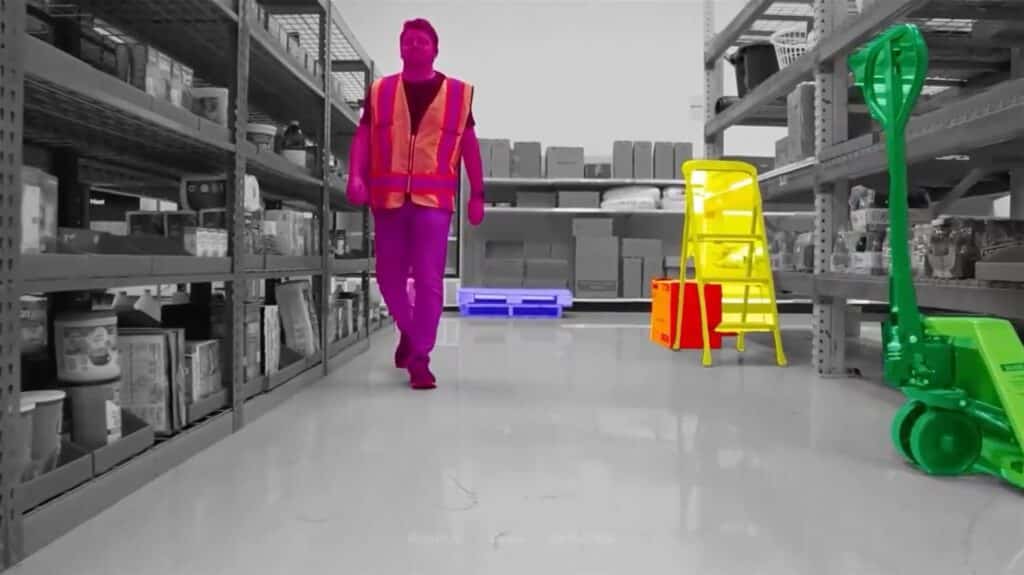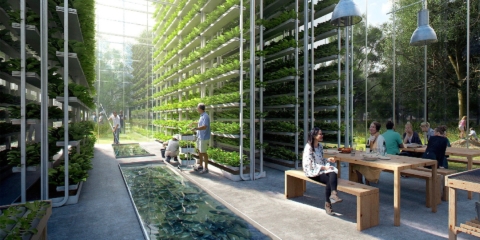Would you like to get notifications from Christian?
What happened? As robot technology advances, we are seeing an increasing number of machines that are designed to work in close proximity to humans. One such robot is the warehouse robot from Brooks. This robot has been designed to read human body language in order to understand what its human teammates are doing. This could potentially lead to increased productivity in warehouses and other industrial settings. It is still unclear whether or not this will lead to new types of jobs, but it is definitely an interesting development in the world of robotics!

Courtesy of Robust AI
Why is this important? As robots become more and more commonplace, it is important to consider the implications of this technology on human interaction. Giving robots the ability to read human body language is a difficult task, but it is one that could potentially have a big impact on the way we work with machines.
Robots are getting more and more used in tandem with people, and finding ways to improve human-robot collaboration might aid organizations to increase output and perhaps spawn new kinds of jobs rather than robots replacing people. However, it's difficult for robots to interpret human signals.
The future of robotics is augmenting and helping humans instead of replacing them. We need to think about how we can use this technology to its fullest potential in order to create a better future for everyone.
What do you think? Do you believe that robots will eventually be able to replace humans in the workforce? Or do you think that they will simply augment our existing capabilities? Let us know your thoughts in the comments below
Author: Christian Kromme
First Appeared On: Disruptive Inspiration Daily
Christian is a futurist and trendwatcher who speaks about the impact of exponential technologies like AI on organizations, people, and talents. Christian tailors his presentations to your audience's specific industries and needs.



Our world is changing at an exponential rate! A big tidal wave of digital transformation and disruption is coming at us fast. Many organizations see this wave as a threat and experience stress, but there are also organizations that just see this wave as an opportunity.

Imagine sitting with just 10-15 fellow executives at a premier location, gaining clarity on the impact of AI on your industry while enjoying an exquisite dining experience. These are not just meetings—they are transformative moments that will shape the future of your organization



In the future, 3D printing and generative design will allow for products to be designed in a more decentralized manner, and production will take place closer to the customer and fully on-demand. 3D printing technology will also allow for more customization and personalization of products.


The agricultural industry is ripe for disruption. Robotics, AI, and IoT are all technologies that have the potential to radically transform the way we grow food. In combination with vertical farming, these technologies could increase the efficiency and quality of agricultural products.

A human-centered society is one that puts people first and where technology is used to unite and empower people. It is a society that values biological life and dignity above all else. It is a society that recognizes the importance of human relationships and works to strengthen them. In a human-centered society, all members of the community are valued and treated with respect.


The future of healthcare is here. New technologies like AI, IoT, big data, and smart sensors make it possible to become the CEO of your own health. Imagine that your phone can listen to your voice and AI algorithms can detect small nuances in the tone of your voice that indicate specific diseases.
